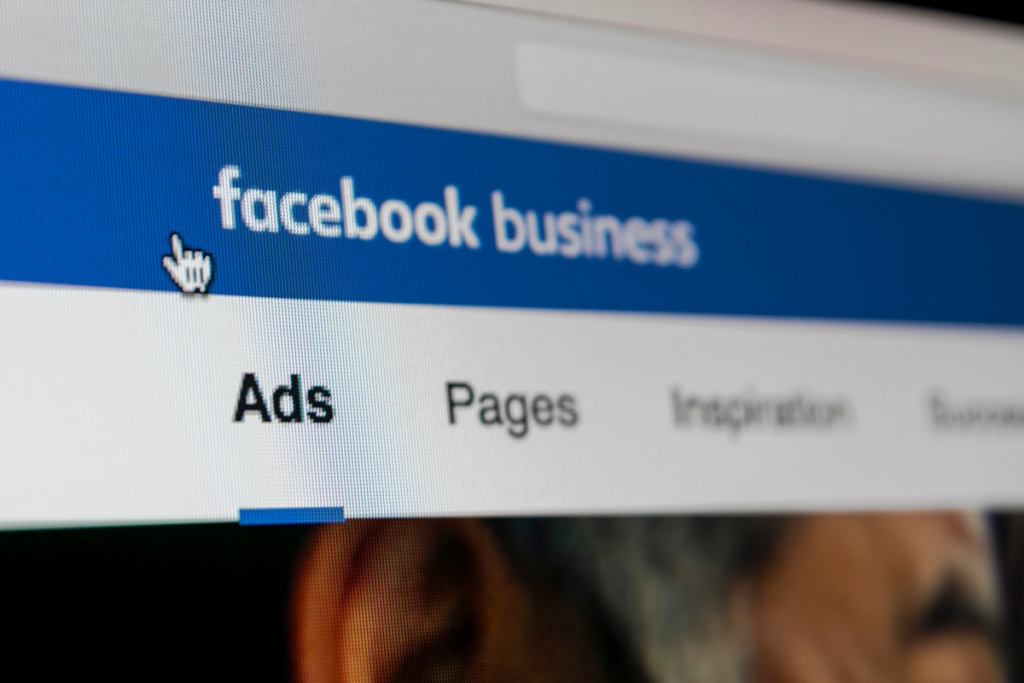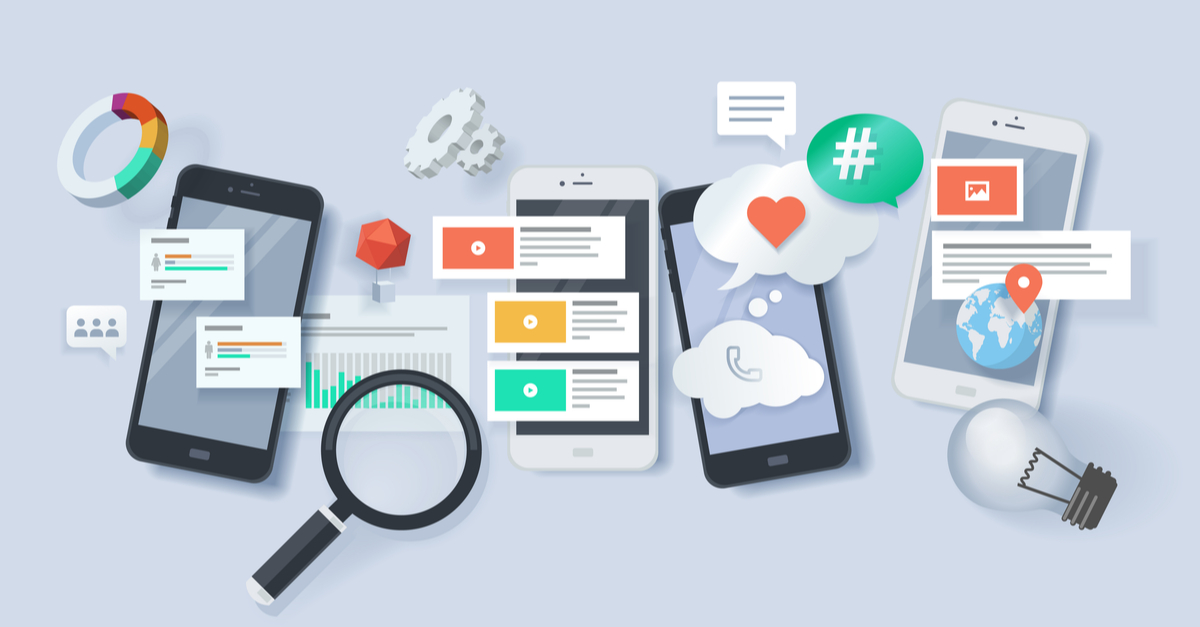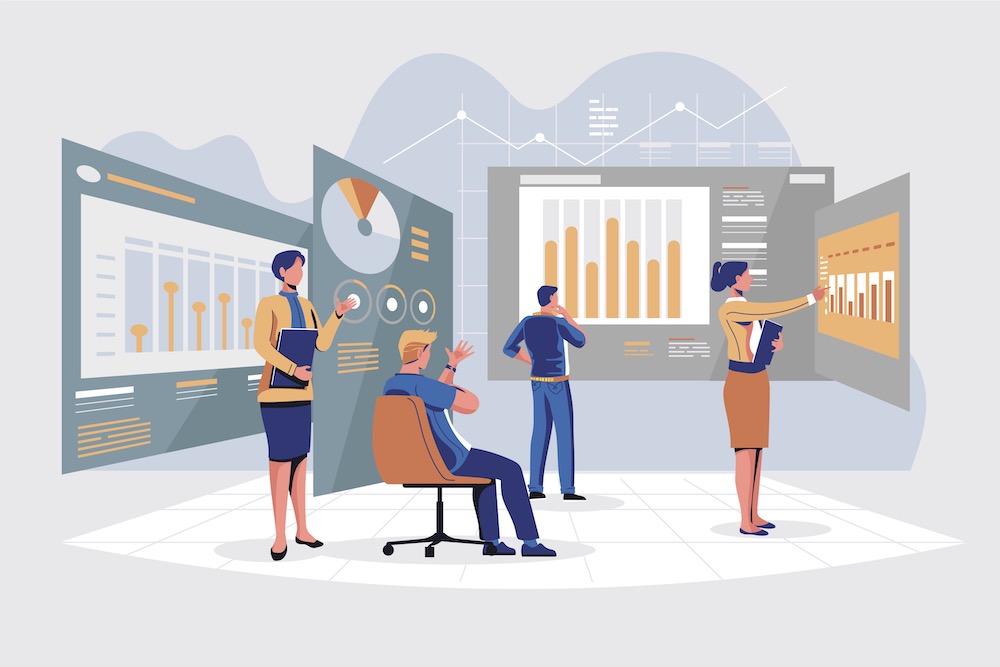Ah yes–another day, another app update. While digital marketers are no strangers to new rollouts and releases, one update in particular has caused quite a stir among online advertisers: iOS 14.
Originally announced back in late 2020, Apple unveiled news that its latest release would focus more around consumer data and privacy. So when iOS 14.5 was introduced later on in 2021, along with it came new privacy features that gave users control over how their data is shared. This update —which allows Facebook users to opt out of tracking – heightened tension among businesses who relied heavily on Facebook as a pivotal marketing channel. With a mere 10% of all users opting in to share data, tracking performance became increasingly difficult–especially for advertisers who spent thousands of dollars on campaigns with no way to measure how effective they are.
Prior to the IOS 14.5 release, marketers were able to track every event in Facebook campaigns with a near 100% coverage on all user behavior on their website. Now with such limited capabilities, how are you to manage your Facebook campaigns moving forward? Keep reading to learn how Evestar has navigated this update to continue delivering results.




